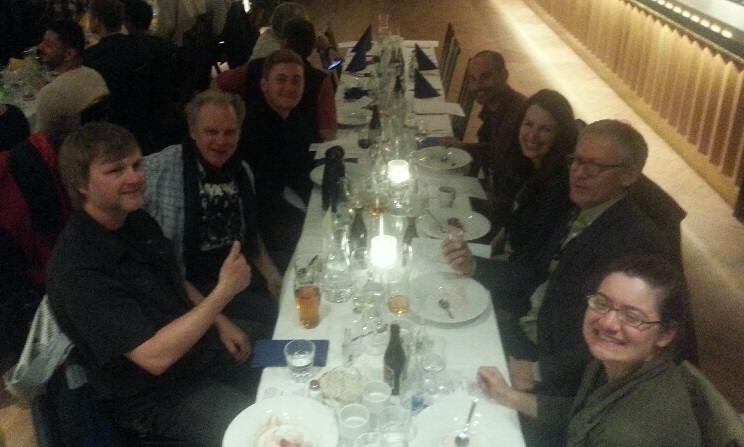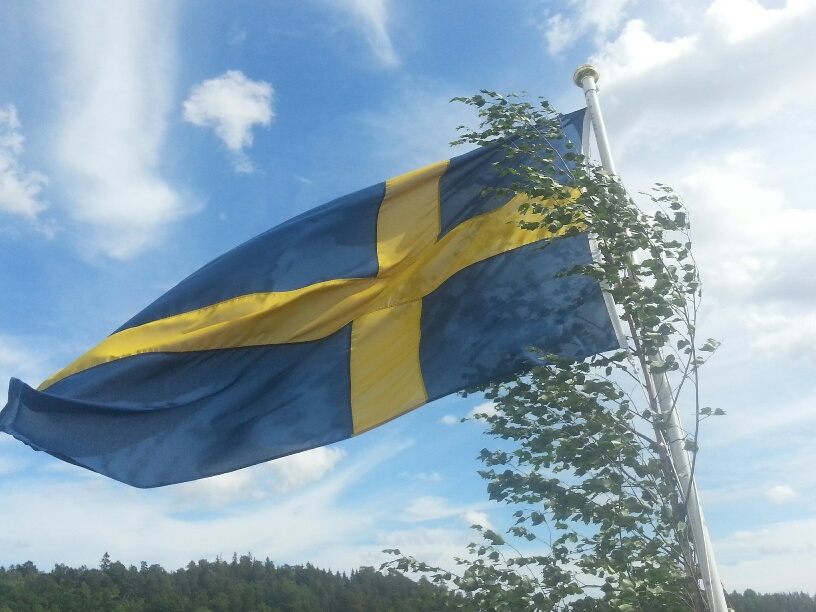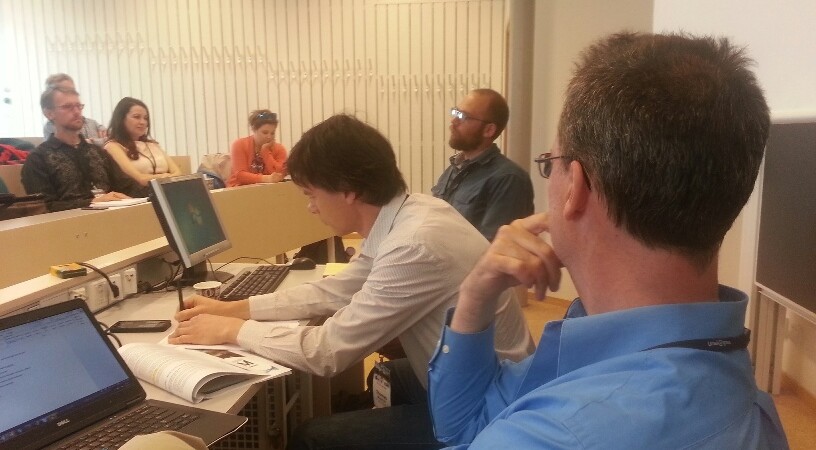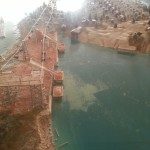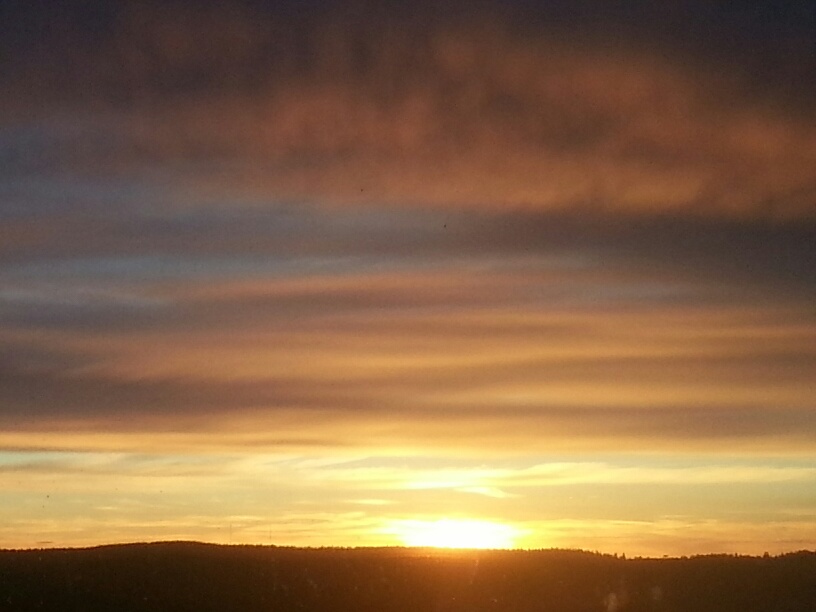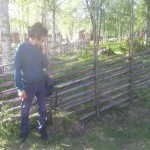John Parkins (UA) and I are looking for a high quality post-doctoral scholar to do social science research on our ongoing SSHRC-funded project related to adaptive grazing systems like Savory’s Holistic Management. A wide range of fields and methods are possible. The work will be based in Canada (either Halifax or Edmonton). The candidate will ideally have some understanding of the Canadian grazing context, but international candidates who are otherwise qualified and interested should make contact by August 1, 2017. Read the full ad here.
Month: June 2017 (Page 1 of 2)
After acknowledging in the last post that this is still in my draft folder from ISSRM 2016, I was inspired to dig it out and post it. I think it should have appeared before this one as field trips were pre-conference last year.
Spent a great day on an ISSRM-organized field trip to the copper mine region of Cliffton and Eagle River on the Keeweenaw Peninsula, able guided by MTU archaeologist Tim Scarlett and his grad students John and Brendan. Fascinating to hear about the ways that the deposits of stamp sand, which have changed the landscape so much in places like Gay, are seen as cultural landscapes inspiring place attachment despite the pollution they carry.

A great surprise to encounter SRES colleague (Simon), alumna (Kate) and current students (Taylor and Yan) on the beach at Eagle River, MI.
Great also to run into the rest of the Dalhousie cohort on the beach afterward (above), outside the excellent Fitzgerald’s Restaurant, where we had southern fare. They had just arrived after their epic drive from Halifax via Toronto. Then the tour continued on to Eagle Harbour, once boomtown now summer retreat. I was fascinated by this ‘notch’ dam (left) constructed in the bedrock riverbed. While gawping, I dropped my water bottle off the bridge from which I’m taking this picture. It was a long and perilous climb down and back up, but I couldn’t let it lie there. I just hoped that precarious dam held a little while longer…
I seem always to run out of steam blogging conferences. In fact, I still have a field trip report from ISSRM 2016 sitting in my drafts folder. So here is a banquet photo to close off ISSRM 2017, of the Canadian table. The meal was great (more fish and more potatoes!) and the Aquavit schnapps shots were … effective.
My sleep deprivation was finally cured after a 6 hour train ride south to Stockholm, where night includes some darkness. The train was full of folks heading home for the Midsommer holiday the next day. Took a boat to Drottningholm the next morning, and visited the UNESCO-listed palace, having exquisite fish soup for lunch at the attached cafe. The commuter boat was packed with Swedes heading out with picnic baskets, extended family, and headdresses of branches and flowers, for celebrations on islands around the archipelago. Even the boats were decorated with boughs.
What a privilege to be there on that special day for locals. While many museums were closed for the holiday, it was a joy just walking the streets and bridges of Stockholm. A wonderful trip, but happy to be home.
1:30 am again so might as well reflect on another solid day at ISSRM. A late start for me today thanks to that insomnia. First I had a fun mentoring session over lunch with two up-and-coming female scholars, one finishing her PhD and one pre-tenure. I love participating in the mentoring program each year at ISSRM and appreciate folks like Paige Fischer organizing it.
Next I headed to an energy transitions panel (above) which was a bit of a follow-on from one I organized last year. This time Tom Measham (CSIRO) organized and chaired, and I served on the panel with Rich Stedman, Jeffrey Jacquet and keynote Neil Adger . It was a great turnout, and resulted in a really rich discussion about myths, subjectivity, governance and equity in the context of energy transitions. Lots of food for thought. We five started consuming that intellectual nourishment in barley form later at the ‘Pipes of Scotland’ bar which four of us closed down at midnight.
Immediately after the panel it was off to the field trips, mine to Norrbyskär, a fascinating island community that was designed around lumber production in the late 1800s and early 1900s. Ruled on principles of temperance, paternalism, and clear social hierarchies, the island was entirely engineered: saw and planing mill joined by raised railways, and lumber drying structures everywhere not taken over by regimented housing and other buildings. Today the houses are occupied by seasonal residents, but the island hosts a great museum and cafe with a delightful scale model (left), and a miniature set of buildings for kids to play in. They had skilled and knowledgeable tour guides, and offered a diverse dinner of traditional swedish fare.
A wonderfully quirky addition was an end-of-year art exhibit by Umea Academy of Fine Arts students in an adjoining room. It was not obvious that the art show was open because of a downed banner at the entry. Turned out that was one of the art pieces: Josefine Ostlund’s We’re Building Natural Habitat (material description: “Banner from construction site”). Students visited in May and describe that they felt ‘watched’ by the empty houses, so reflect on the place in terms of “power, architecture and dreams”. It was wonderfully uncommercial work. Neil Adger’s favourite was Suffering is optional, by Linnea Johnels, material description “Beds, gun holes”, which she describes as “working with the frustration and worry that forces itself on you at night”. I can relate. Godnatt.
It’s 2:30 am in Umea, Sweden, and I’m still awake. Why? Because I know this is happening (above). Outside my window the three hour twilight that passes for night this time of the year at almost 64 degrees north has surrendered again to the sun. And my body knows it and wants me up, damn the blackout curtains. So it seems a reasonable opportunity for a day 1 recap here at ISSRM.
The organizers were kind to arrange a 10 am start, which launched with a keynote by Neil Adger. He explored how population challenges our capacity to cope with climate, and not in the “boring” ways like how many people there are. He looked at lifecourse, migration and place, synthesizing across many studies. A memorable line that echoes much of my thinking right now: “identity trumps risk”.
After lunch came a two-part session on Enhancing Private Land Stewardship that I organized with Mike Sorice, of Virginia Tech, though he couldn’t make it to the conference this year. A diverse mix of perspectives on how to understand and influence farmers motivations to engage in conservation. I presented our survey work on Wood Turtle Strides, standing in for Mhari and Simon.
The poster sessions were inventively placed in one of those ‘living’ historical museums, the Gammlia, where they kept some buildings open for us and brought in a few reindeer. Seemed cruel to eat reindeer soup while hanging out with reindeer, but so we did, and it was delicious. The fences were particularly novel (right); to avoid weak spots at joins, eliminate joins. Some great posters among those I saw, my favourite being one on an interesting photo survey about urban wetlands by Tanja Straka at the University of Melbourne.
We finished up with a late beer and meal with some of the Canadian contingent at the Bishop’s Arms pub. Tomorrow night… that is, tonight, I’ll cower inside like a vampire and try to fool myself that it’s dark outside.



